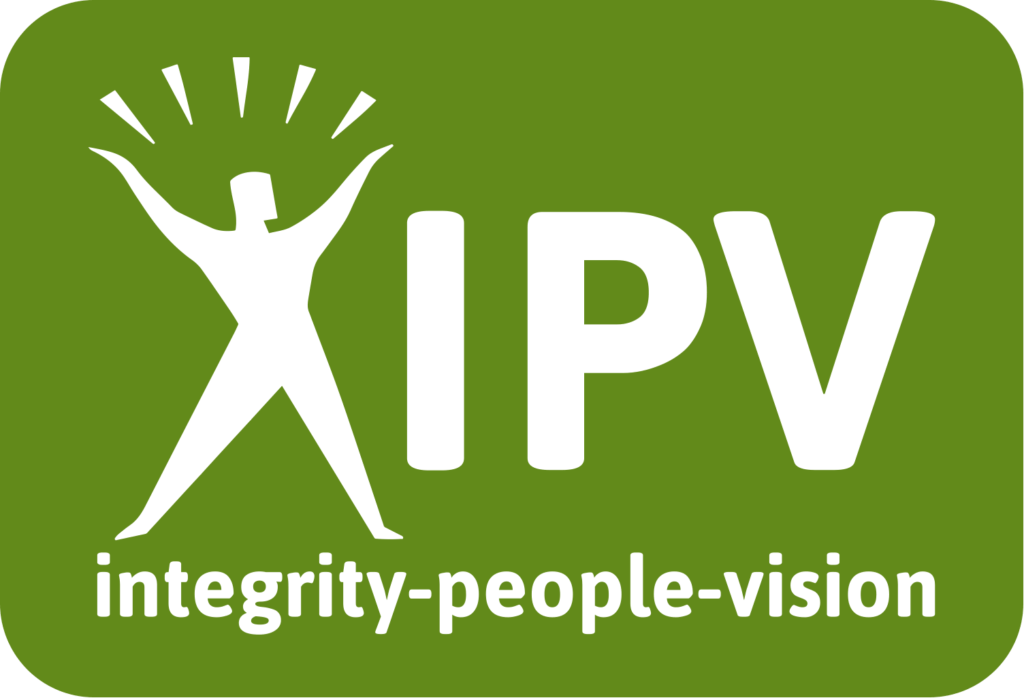
In today’s fast-paced and demanding work environments, the mental health of employees has become a critical concern. A toxic work environment can lead to burnout, high turnover rates, and reduced overall productivity. However, forward-thinking organizations have started to recognize the importance of cultivating a mentally healthy culture through heart-centered leadership and employee-centric strategies. This transformation not only boosts employee engagement and satisfaction but also leads to higher retention rates and improved performance. Explore ways to turn a toxic work environment into a thriving, mentally healthy culture for increased productivity in 2024!
1. Understanding the Toxic Work Environment
A toxic work environment is characterized by high stress levels, poor communication, unrealistic expectations, and a lack of empathy and support from leadership. This environment can be detrimental to employees’ mental health, leading to symptoms like anxiety, depression, and burnout. It can also result in high turnover rates, as employees are more likely to seek employment elsewhere when their mental well-being is compromised.
2. Heart-Centered Leadership
One of the fundamental strategies to transform a toxic work environment is adopting heart-centered leadership. This leadership style focuses on empathy, compassion, and genuine care for employees’ well-being. Here’s how it can make a difference:
- Building Trust: Heart-centered leaders prioritize building trust with their teams. When employees feel heard and valued, they are more likely to open up about their mental health struggles and seek support when needed.
- Embracing Vulnerability: Leaders who share their own vulnerabilities and challenges create a safe space for employees to do the same. This openness fosters a culture of authenticity and emotional support.
- Recognizing Employee Work Styles and Personalities: Heart-centered leaders take the time to understand each employee’s work style and personality. This allows them to tailor their management approach, leading to better job satisfaction and performance.
3. Employee-Centric Strategies
In addition to heart-centered leadership, organizations can implement various employee-centric strategies to promote mental health and well-being through a variety of team trainings and policies:
- Flexible Work Arrangements: Offering flexible work hours or remote work options can help employees better manage their work-life balance and reduce stress.
- Mental Health & Performance Coaching Programs: Providing access to mental health resources such as counseling services, stress management workshops, plus mindfulness and resilience training can be instrumental in supporting employees’ mental well-being. Performance coaching for team members not only improves performance, but empowers employees to enjoy a deep sense of accomplishment.
- Recognition, Connection and Appreciation: Regularly acknowledging and appreciating employees’ contributions boosts morale and job satisfaction. Feeling valued at work positively impacts mental health. Seeking opportunities for team-building activities can help employees feel connected, whether working remotely or onsite. Team-building also provides opportunities for increase collaboration, connection, and improves their sense of contribution.
4. The Impact on Employee Engagement and Satisfaction
Investing in mental health programs, performance coaching, team-building and heart-centered leadership has a profound impact on employee engagement and satisfaction. The following statistics illustrate this connection:
- According to a study by the World Health Organization (WHO), for every $1 invested in mental health treatment, there is a return of $4 in improved health and productivity.
- A Gallup poll found that highly engaged teams show 21% greater profitability.
- Companies with strong mental health programs have a 28% higher employee retention rate than those without such programs (Deloitte).
- A Harvard Business Review study revealed that employees who feel their leaders care about their well-being are 21% more likely to stay with their organization.
5. Creating a Culture of Retention and Performance
Transforming a toxic work environment into a mentally healthy work culture not only helps retain employees but also drives performance. Here’s how:
- Retention: Employees are more likely to stay with organizations that prioritize their mental well-being and offer a supportive work environment. This reduces turnover costs and maintains institutional knowledge.
- Performance: When employees feel mentally well and appreciated, they are more motivated and engaged, leading to increased productivity and better results.
Turning a toxic work environment into a mentally healthy work culture through heart-centered leadership and employee-centric strategies is a powerful way to improve employee engagement, satisfaction, retention, and performance. The statistics clearly demonstrate the benefits of investing in mental health training programs and cultivating a supportive workplace culture. By prioritizing the well-being of their employees, organizations can create a thriving, high-performing environment that not only attracts top talent but also produces exceptional results.
Is your organization ready to embrace the transformational power of heart-centered leadership training and prioritize the mental health of your most valuable asset—your employees?
Schedule a free consultation with IPV Consulting for help planning your annual leadership training, mental wellness and team-building program.





